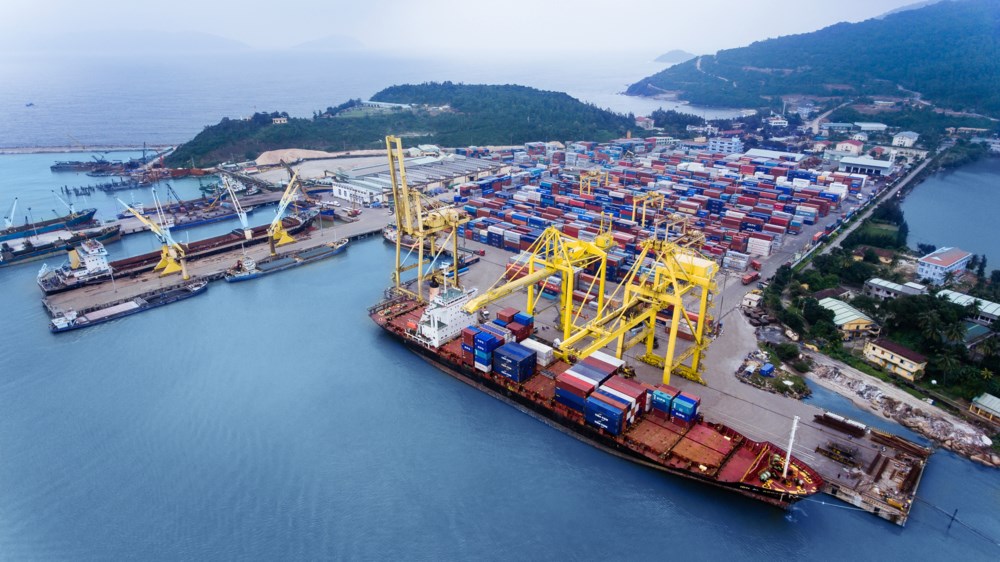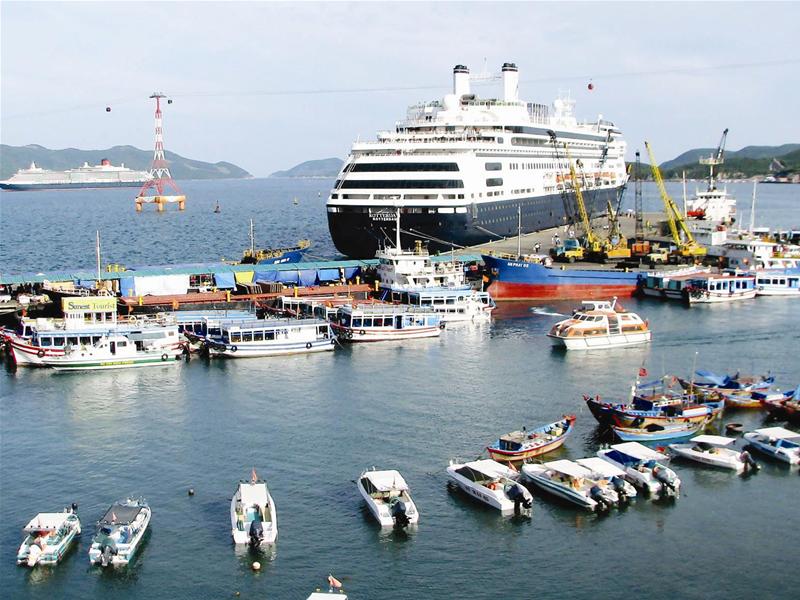Seaport: Classification and fundamental functions according to Vietnam’s current regulations
Seaport refers to an area enclosing port land and water areas of which infrastructure facilities are constructed and equipment necessary for incoming and outgoing ships is installed in order to load or unload goods, embark or disembark passengers as well as to render other services. So, how are Vietnam’s current regulations on seaport?
1. Criteria for determination of a seaport
According to Article 74 of the Vietnam Maritime Code 2015, criteria for determination of a seaport includes:
- Have a water area thoroughly connecting to a sea.
- Have natural geographical conditions to meet requirements relating to construction of a wharf, port terminal, anchorage area, transhipment area and navigational channel for the ship to enter, leave and operate in a safe manner.
- Have advantages in marine transportation.
- Act as the center of the traffic network to facilitate inland freight transport, carriage and transhipment of exporting and importing goods by sea.

2. Classification of seaports and advertisement of the list of seaports
Seaports are classified into the followings:
- Special seaports mean large-scale seaports which are aimed at nationwide or inter-regional socio-economic development, and perform their functions as international transshipment or gateway ports;
- Grade-I seaports mean large-scale seaports which serve the purpose of nationwide or inter-regional socio-economic development;
- Grade-II seaports mean medium-scale seaports which serve the purpose of regional socio-economic development;
- Grade-III seaports mean small-scale seaports which serve the purpose of local socio-economic development.
This is the content of Article 75 of the Vietnam Maritime Code 2015.
3. Fundamental functions of a seaport
A seaport has the following fundamental functions:
- Provide vessel traffic services for ships which enter and leave a seaport.
- Provide transports, equipment and workforce necessary for ships to anchor, load or discharge goods and embark or disembark passengers.
- Provide freight transportation, loading, discharge, warehousing and storage services within the territory of a seaport.
- Play its role as the center to help different traffic networks outside of the seaport to get connected together.
- Be designed to provide shelter, repair and maintenance or other indispensable services for ships in case of emergencies.
- Provide other services for ships, humans and cargoes.
This is the content of Article 76 of the Vietnam Maritime Code 2015.
- Key word:
- Vietnam Maritime Code 2015
- Number of deputy directors of departments in Vietnam in accordance with Decree 45/2025/ND-CP
- Cases ineligible for pardon in Vietnam in 2025
- Decree 50/2025 amending Decree 151/2017 on the management of public assets in Vietnam
- Circular 07/2025 amending Circular 02/2022 on the Law on Environmental Protection in Vietnam
- Adjustment to the organizational structure of the Ministry of Health of Vietnam: Certain agencies are no longer listed in the organizational structure
- Vietnam aims to welcome 22-23 million international tourists in Vietnam in 2025
-

- Regulations on Vietnamese ship mortgage
- 09:20, 24/08/2018
-

- Legal contents related to registration of Vietnamese ...
- 09:05, 24/08/2018
-

- Vietnam: Prohibited acts in marine operations
- 08:48, 24/08/2018
-
- Vietnam: Conditions for arrest of ships for the ...
- 10:00, 12/12/2017
-

- Vietnam: Loss of ownership if sunken property ...
- 09:02, 07/05/2017
-

- Notable new policies of Vietnam effective as of ...
- 16:26, 11/04/2025
-
.Medium.png)
- Notable documents of Vietnam in the previous week ...
- 16:21, 11/04/2025
-
.Medium.png)
- Notable documents of Vietnam in the previous week ...
- 16:11, 02/04/2025
-
.Medium.png)
- Notable new policies of Vietnam to be effective ...
- 16:04, 02/04/2025
-
.Medium.png)
- Notable new policies of Vietnam effective from ...
- 14:51, 21/03/2025
 Article table of contents
Article table of contents
.JPG)
